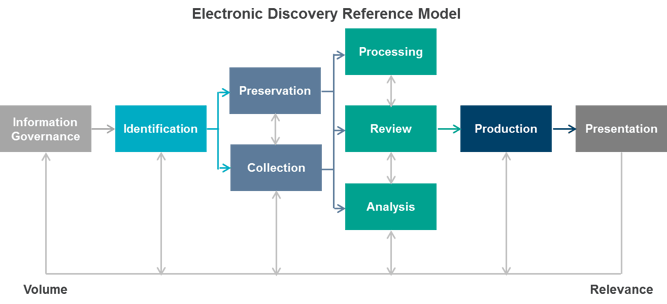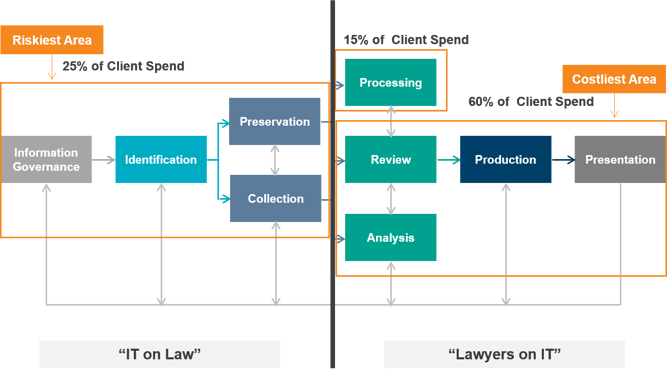Navigating the Complex Terrain of Electronic Discovery
Electronic discovery (eDiscovery) refers to the process of searching, locating and securing electronic data for the purpose of using it as evidence in a legal case.
This is obviously a hot topic right now in both headlines and in board rooms. Nearly every day for the last year there has been a story involving electronic data being sought, secured and searched. Electronic data as a format is well-suited to examination as digital data can be electronically searched and analyzed with relative ease compared to paper documents. The nature of electronic data makes forensic practices and procedures extremely important, as they can be called into question as much as the data itself.
There have never been so many venues and devices on which electronic discovery can take place. Today, we have to consider not just desktop and laptop computers, but also phones, servers, file or email servers, social media and even mp3 players.
The Electronic Discovery Reference Model and eDiscovery Risks and Spends graphic depict the process and integration of law and IT personnel:

eDiscovery: Risks and Spends

Other challenges associated with eDiscovery include:
- Volume
- Lack of one silver bullet search method
- Distributed data
- Inexperience and poor planning
- Multiple sources
- Unique corporate language and taxonomies
- Emerging technologies (social media)
- Structured and unstructured ESI
Sample Roadmap to Meet and Confer
| Pre-Complaint Investigation | Complaint Filed | Meet & Confer | Scheduling Conference | Discovery |
|
|
|
|
|
As this is an evolving field, it goes beyond the types of technology to concerns of practice, politics, security and other issues that may arise in the coming years.
Are you prepared? Check out the topic pages on KnowledgeLeader for the following terms:
